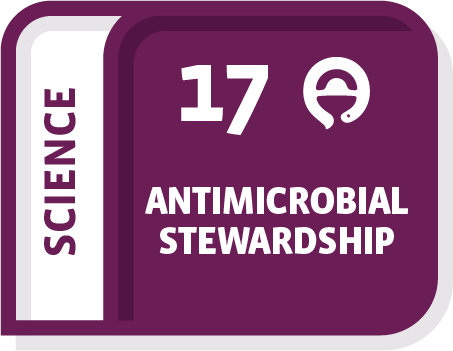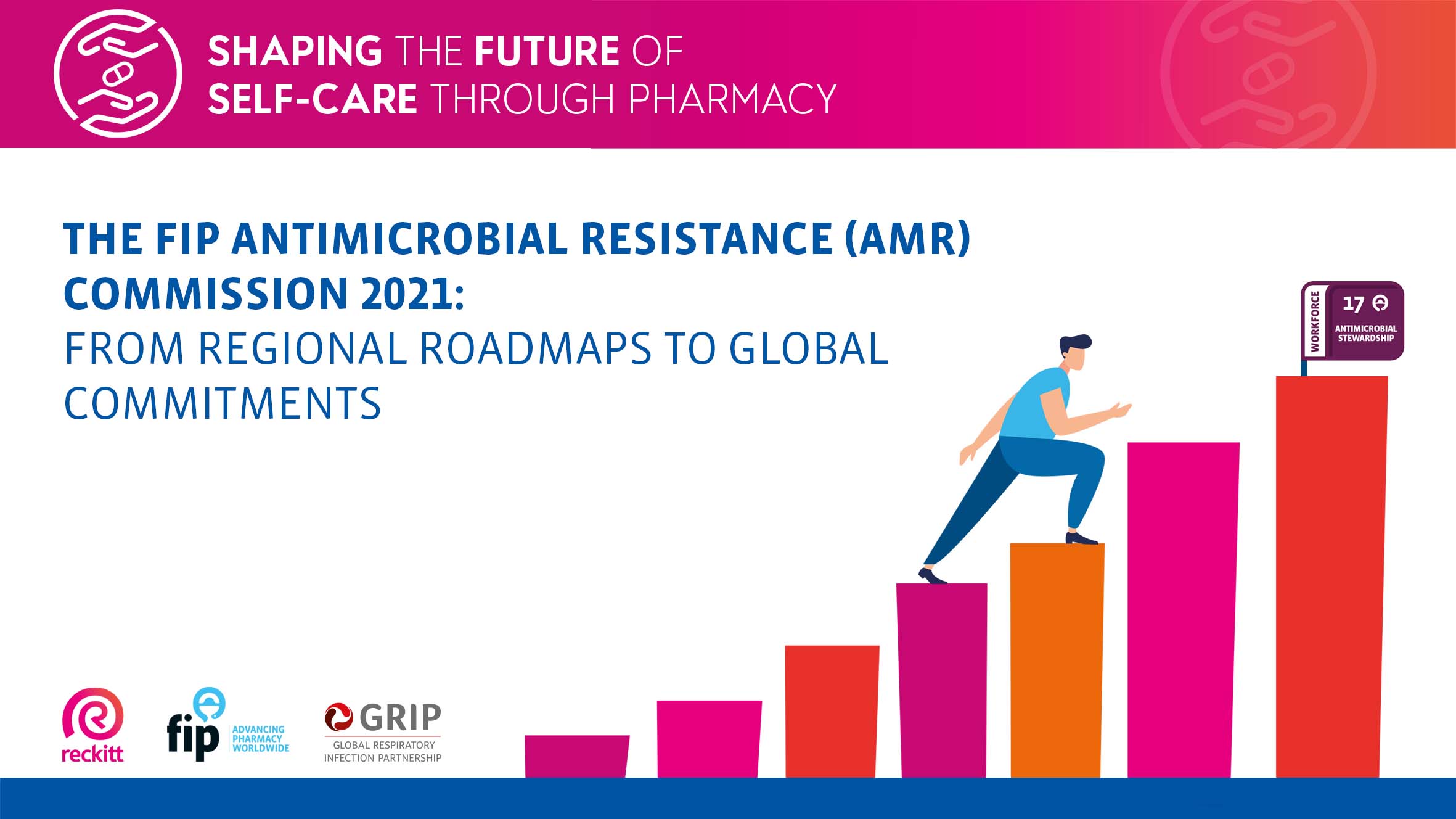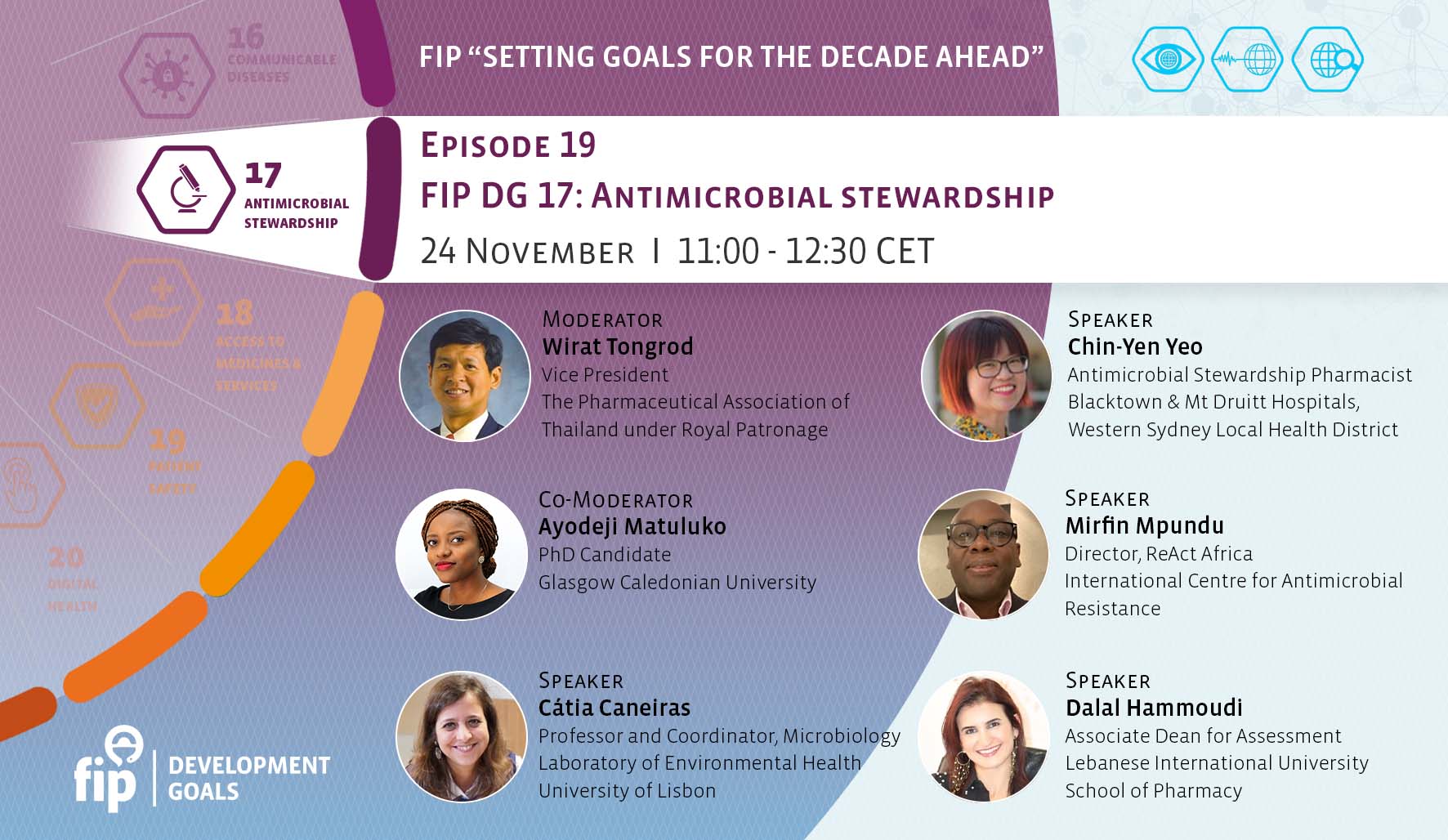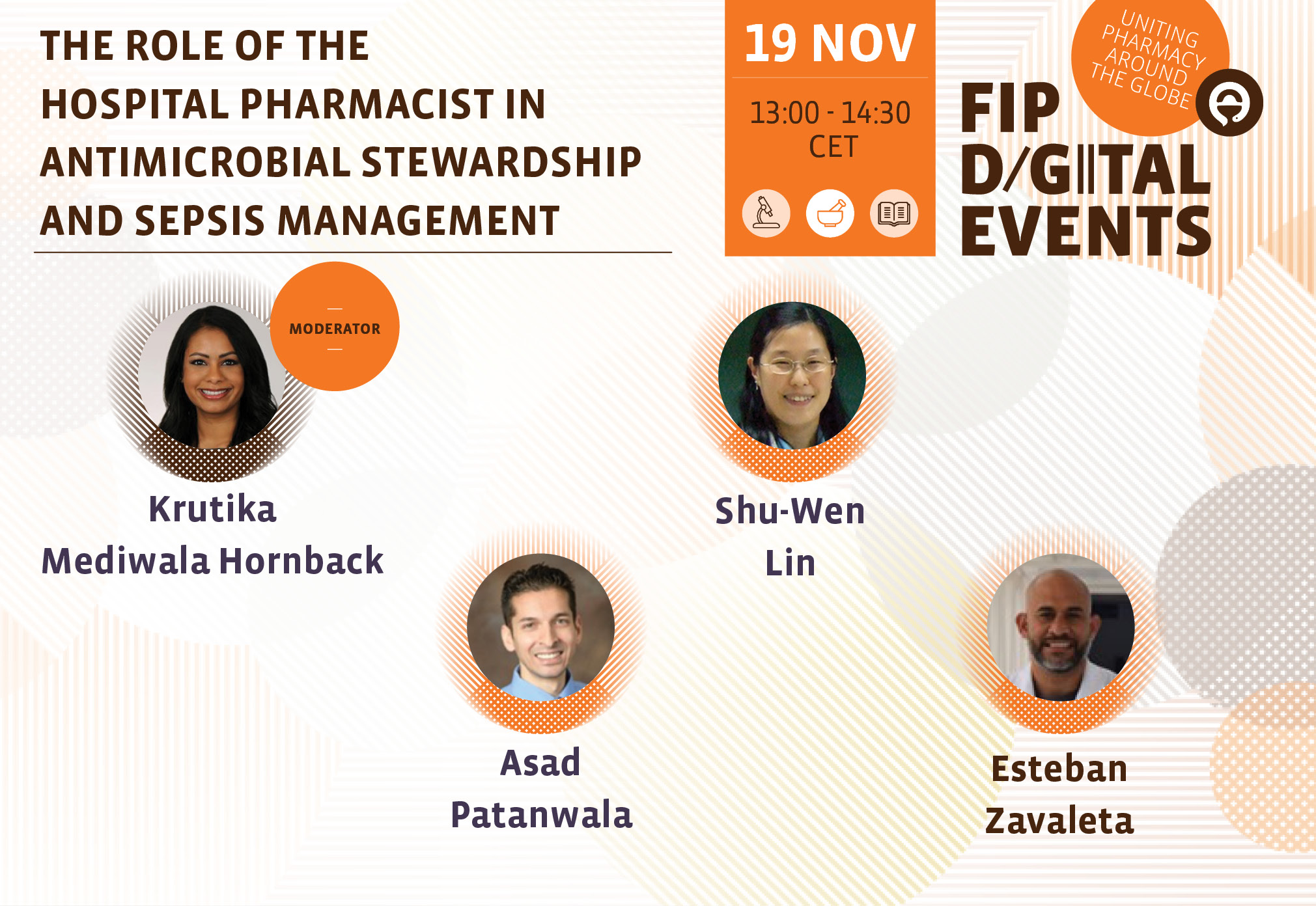

FIP Development Goal 17 Workforce Element
Globally, we will have:
Strategies and systems in place to develop a pharmaceutical workforce prepared to deliver quality services for antimicrobial stewardship.
Mechanisms

FIP Development Goal 17 Practice Element
Globally, we will have:
Infrastructures and frameworks in place to deliver services for antimicrobial stewardship.
Mechanisms

FIP Development Goal 17 Science Element
Globally, we will have:
Promote research and development of new antimicrobials, new antimicrobial combinations and new techniques and evaluate the impact of antibiotic stewardship programmes.
Mechanisms

FIP is also planning to mark World Antimicrobial Awareness Week (18-24 November) with engagements throughout each of the regions. It will discuss how FIP can support pharmaceutical practitioners, scientists and educators, as well as pharmacy organisations around the globe in efforts to minimise antimicrobial resistance. It will showcase actions to date of the FIP’s Commission on Antimicrobial Resistance. This work is in line with the ambitions described by FIP Development Goal 17 (Antimicrobial stewardship).

The FIP Development Goals Digital Programme “Setting goals for the decade ahead” is a comprehensive online event series providing coverage of the 21 goals over 21 events in 2021. Starting in March, the 21 digital events aim to provide description, direction and context for each specific goal, with a global plan for the decade ahead and how each nation, within each region can identify and prioritise which goals are the priorities and how the goals can support developments and transformation for them.
The 19th episode of the Programme focuses on FIP Development Goal 17: Competency Development.
FIP Development Goal 17 calls for workforce and education strategies linked to the use of evidence-based developmental frameworks to support the translation of pharmaceutical practice, science and workforce & education across all settings and according to local/national needs.
The goal calls to support professional career development by using tools, such as competency frameworks, describing competencies and behaviours across all settings.
The expected outcomes of the event are:

Antimicrobial resistance (AMR) is a major public health threat, which currently kills around 700,000 people each year worldwide. The fight against AMR has been a priority for FIP for many years as it causes a profound impact on global, regional and national health care and economies. The goal of this webinar is to supplement the other FIP webinars being held in November 2021 discussing AMR regionally around the globe. This webinar specifically targets pharmacists involved in hospital and health-system practice settings and will discuss innovative ways to involve pharmacists in infectious disease through AMR and sepsis management.
Learning objectives:
1. Introduce the antimicrobial stewardship program in hospital pharmacy using clinical decision support system
2. Discuss the role and importance of the pharmacist in the management of sepsis
3. Evaluate the use of software and information technology to support antimicrobial stewardship in the critically ill
The following FIP programmes of work and structures support the implementation of this Goal: